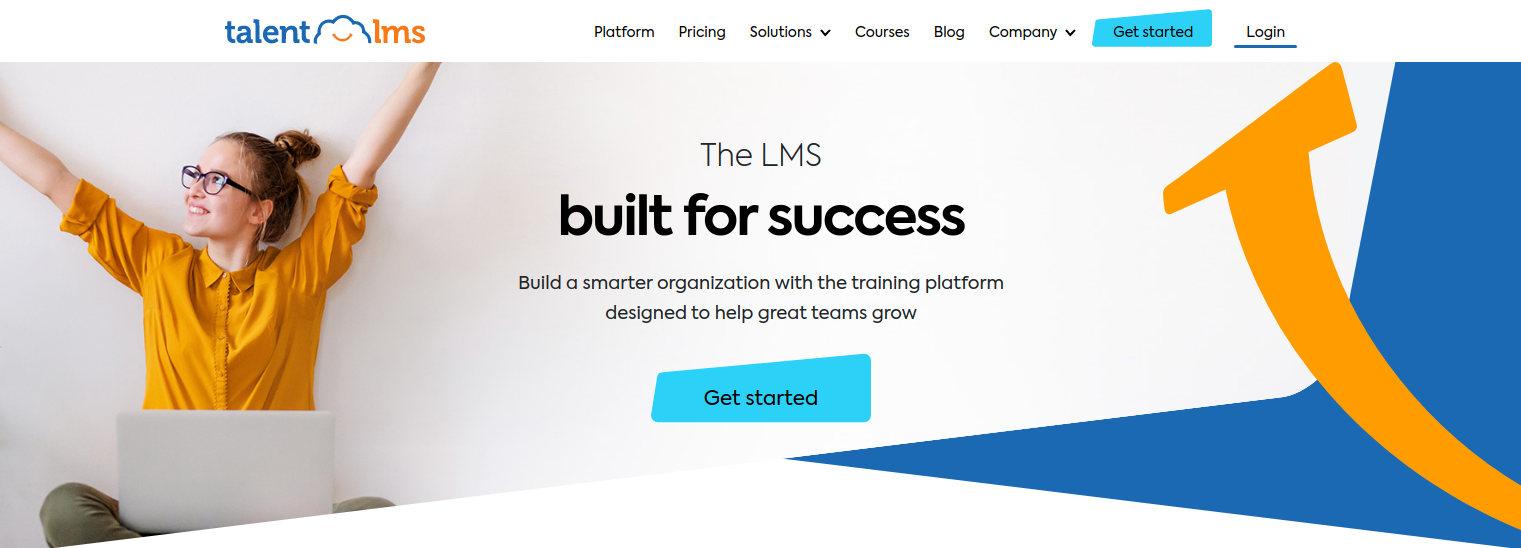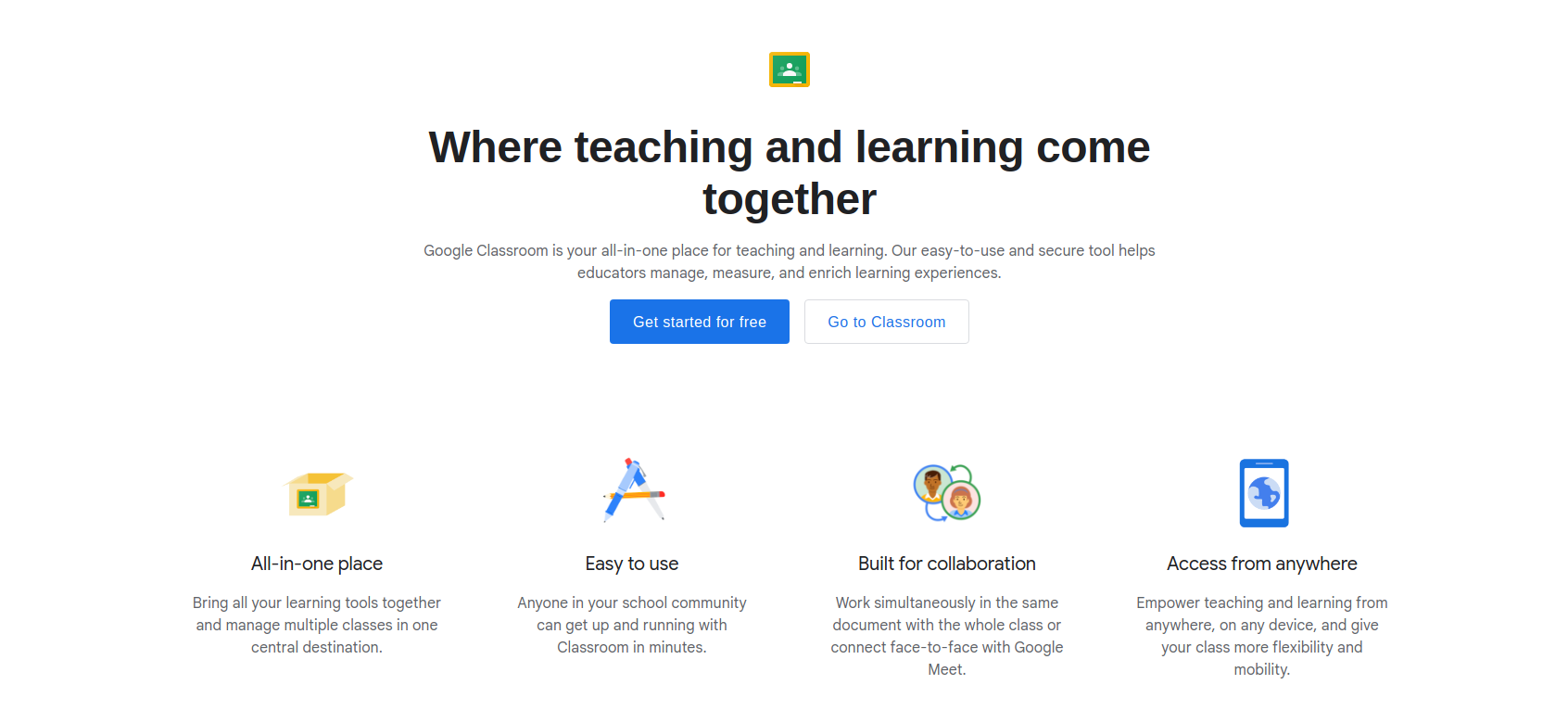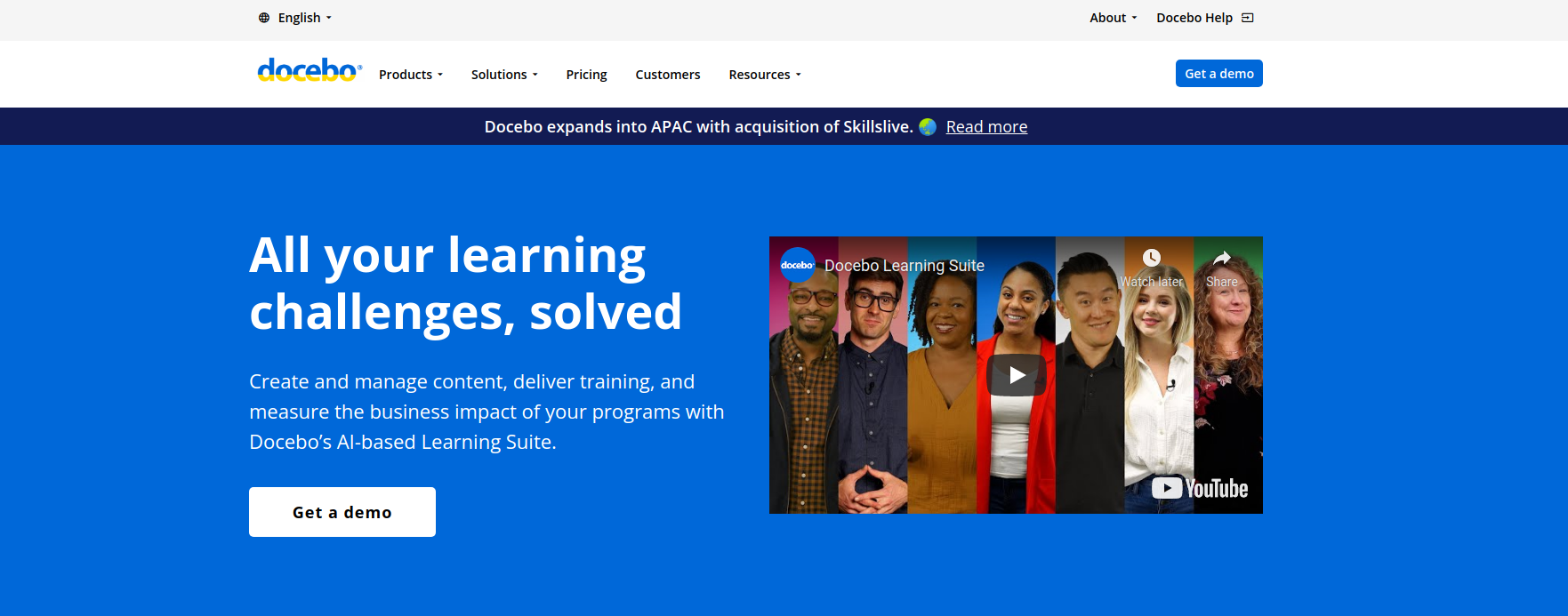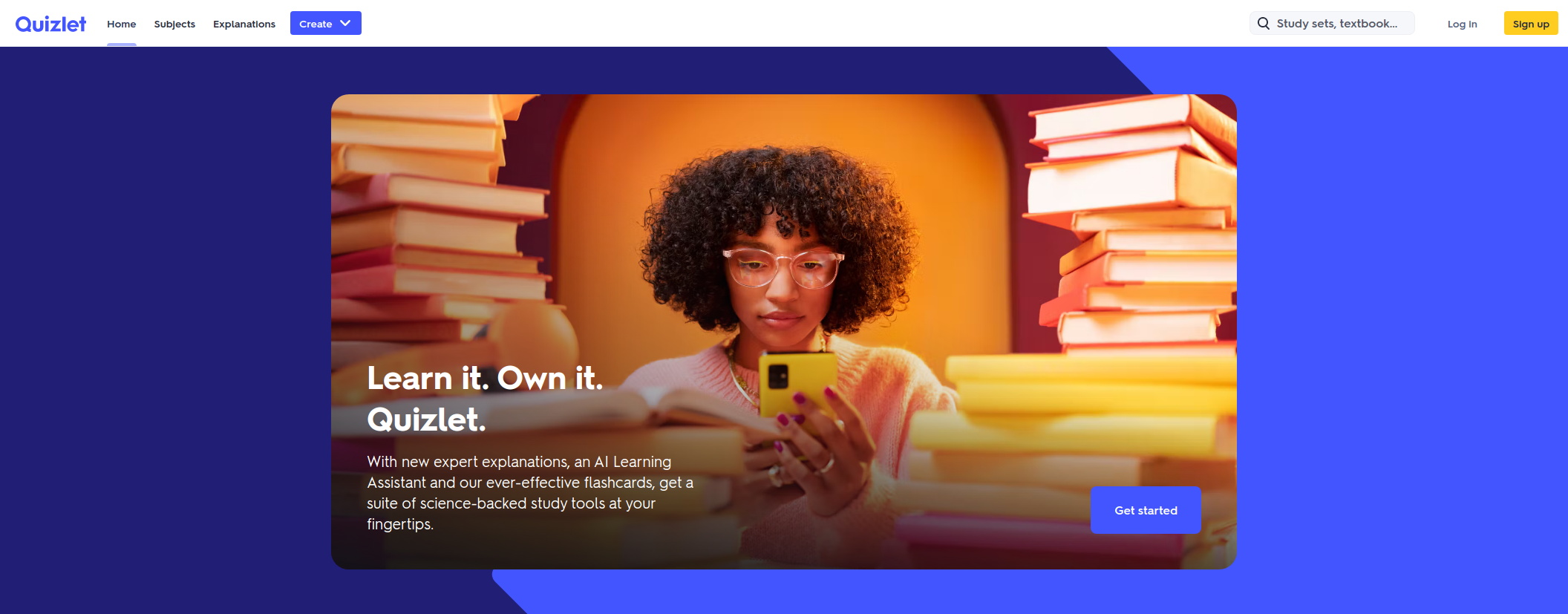Our most valuable resource are the people who work for us because they can give us invaluable insight into how our consumers actually use our products. There is a tendency to overlook and undervalue these employees — either in terms of offering insights into the customer experience or as brand advocates. Use the Recruitment Pipeline Template to track the pipeline of possible applications and hiring from beginning to end so that you can quickly identify the most relevant. Keeping your employees happy is crucial, of course. Involved employees are more productive ones. Employees that are more engaged also produce more and miss less time from work.
A learning management system (LMS) is software that allows you to deliver online training and multimedia content to your staff. You can successfully manage registrations, users, courses, online content, mentors, calendars, classes, groups, notifications, communication, certifications, reports, and more with the learning management system. All of these features are a huge plus for any educational institution or business.
Even though there is a place and time for face-to-face learning, digital learning and courses are becoming increasingly popular. Not only will this save money and make it easier to operate businesses, but it will also allow professors to reach out to students from afar. It assists new employees from the first day on the job and continues throughout the acquisition of new knowledge and skills required for quality work by job tasks. As a result, it mostly leads to each employee’s career advancement and personal and professional development.
Here are 5 LMS you need to start using in 2022.
 1. Moodle
1. Moodle
Moodle (Modular Object-Oriented Dynamic Learning Environment) is an open-source distance learning system that allows for the creation and integration of all types of digital materials such as text files, web pages, videos, knowledge testing using tests, HotPotatoes quizzes, crosswords, octaves, and even games such as Hangman, Millionaire, Crosswords, Snake, and Ladder. It is possible to construct a course that is adaptable to all learning types and that students will love with a little imagination and a lot of effort. Moodle is an open-source platform that is ostensibly free. However, because installation, customization, and integration with other systems and applications are frequently necessary, as well as subsequent system maintenance and administration, which can be difficult for inexperienced users, they offer their services for all of these activities.
 2. Talent LMS
2. Talent LMS
Talent LMS is a cloud-based learning management system (LMS) that offers a full online educational platform without the need to update or back up your files. It allows users to play games, sell courses via Stripe or PayPal, and learn in a blended virtual and instructor-led environment. You can also participate in video conferencing. You’ll be able to quickly create courses with high-quality photos, presentations, and videos thanks to the social integration that Talent LMS offers. Users like Talent LMS’s user-friendly layout, online training and assistance, and ease of use, particularly when creating new courses. You may save courses and quickly customize them to create a complete virtual learning environment. You may customize your domain, logo, and theme, as well as a variety of certificates, using Talent LMS.
 3. Google Classroom
3. Google Classroom
Google Classroom provides a method of direct teaching, but the teaching materials also allow students who are unable to attend courses to receive recompense, notes, and the same additional homework. With the latest epidemic forcing many people to distance learning, Google Classroom has the potential to influence teachers, businesses, students, and employees who have never utilized the online learning platform before. Google Classroom makes use of Google’s basic office applications, including Google Docs, spreadsheet and presentation programs, audio and video conferencing, and Google’s online storage. There are also administrative tools that make it easier for teachers to manage their classrooms.
4. Quizlet
Quizlet is a basic, free LMS with a specific goal: to allow users to make their flashcards and quizzes for recording, memorizing, learning, and quizzes. His narrow ambitions, on the other hand, enable him to be the finest of his kind. Students and instructors can use Quizlet to generate flashcards for themselves or their students or search the archive for the information sets they require. If you’re teaching visual learners, you can utilize quasi-diagrams to teach them everything from anatomy to geography. The quiz is simple to understand and complete. Because it is perfect for vocabulary development and practice, it is quite popular among language learners and mentors.
 5. Docebo
5. Docebo
Docebo supports collaboration by allowing employees to discuss and receive responses from appropriate subject matter experts in their organization, rather than simply providing a one-way show in its teaching solutions. Students can also offer their expertise, which can be verified through a review and distributed among teams. The Docebo Perform tool allows platform administrators to allocate public and private training to those who may require it in various areas, allowing them to successfully manage the variances in their organization’s abilities and competencies. The system is also configurable, so you can give it the perfect appearance and feel to match your company’s branding.
Conclusion
You must consider a few important aspects when selecting the best educational learning management system (LMS) or content management system (LMCS) for your business, course, or training program. Cost, user-friendliness, unique features, and consumer demographics are all crucial factors to consider. This list of the finest educational learning management systems will assist you in making the right choice for you and your business.




